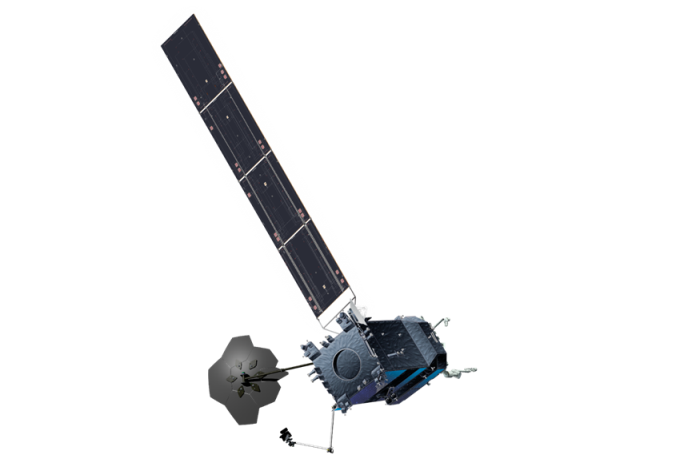Latest News

Dragonfly assembles the Restore-L spacecraft’s antenna while on-orbit. Photo: Maxar
Maxar Technologies is teaming with the West Virginia Robotic Technology Center (WVRTC) in its proposal to build and fly Dragonfly, a robotic in-space assembly system.
According to the release, the aim of Dragonfly is so that large structures such as space-based telescopes, satellites, and spacecraft will no longer be confined by the volume limitations of rocket fairings, and instead could rely entirely on robotics for initial assembly, recurring maintenance, reconfiguration, and payload upgrades. In its proposal to NASA, Maxar is identifying roughly $2 million of work to be performed by the WVRTC, including independent verification of Dragonfly’s capabilities through multiple performance studies to increase the reliability of on-orbit assembly tasks.
Maxar is proposing to fly the first Dragonfly system on NASA’s Restore-L in 2022. Restore-L is a spacecraft that aims to demonstrate technologies for refueling a satellite in Low Earth Orbit (LEO).. Maxar is currently building the spacecraft bus for Restore-L, which is based on its 1300-class platform, as well as two robotic arms. On Restore-L, Dragonfly would assemble seven individual antenna reflector components into one large antenna reflector — similar to putting together a puzzle.
Get the latest Via Satellite news!
Subscribe Now